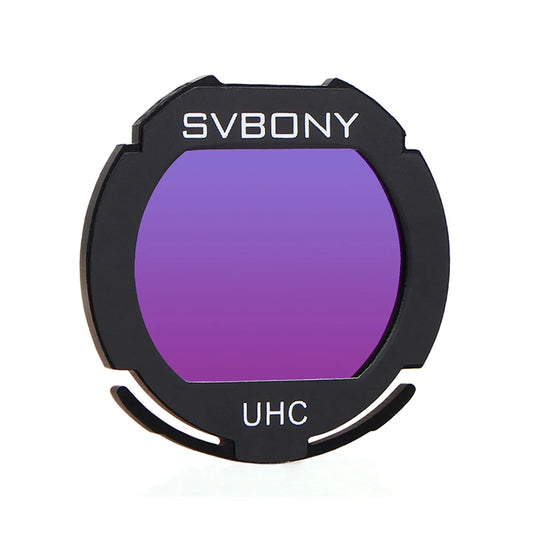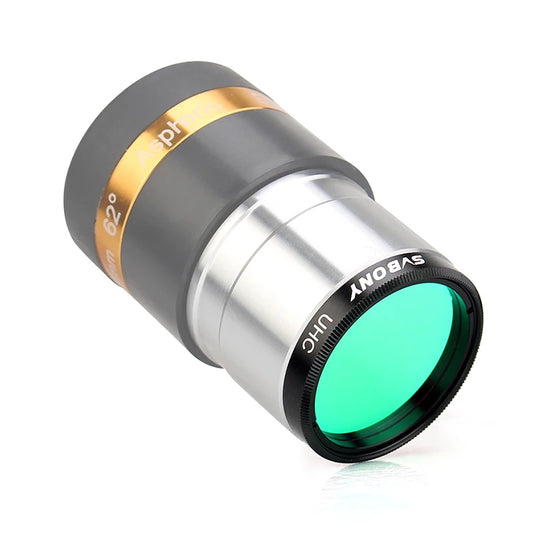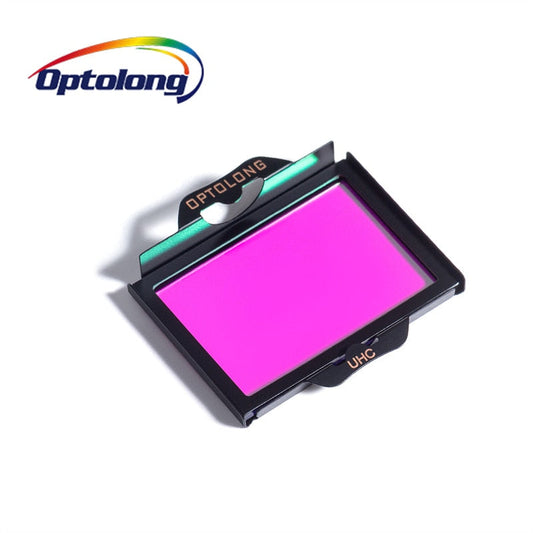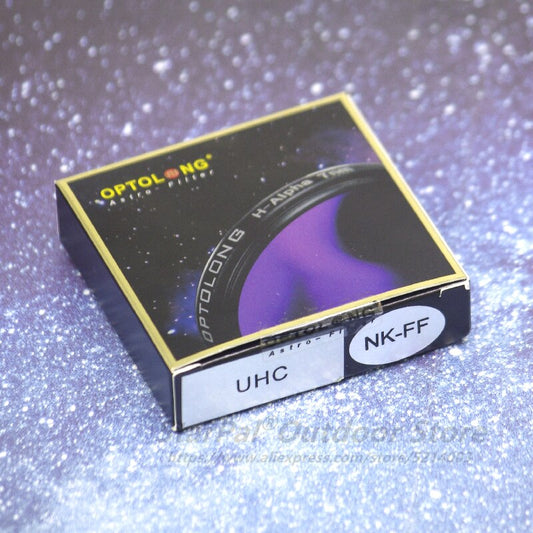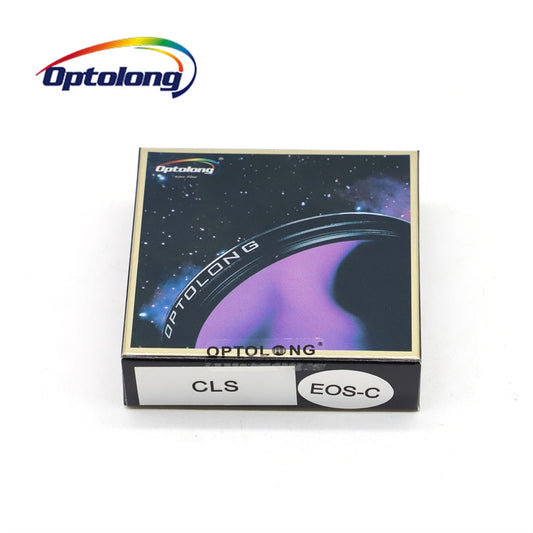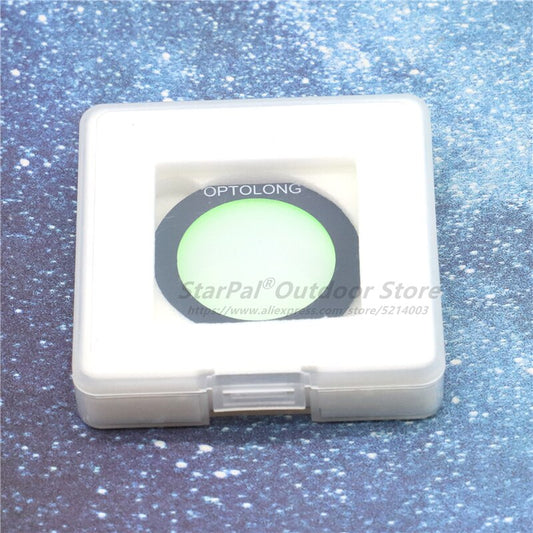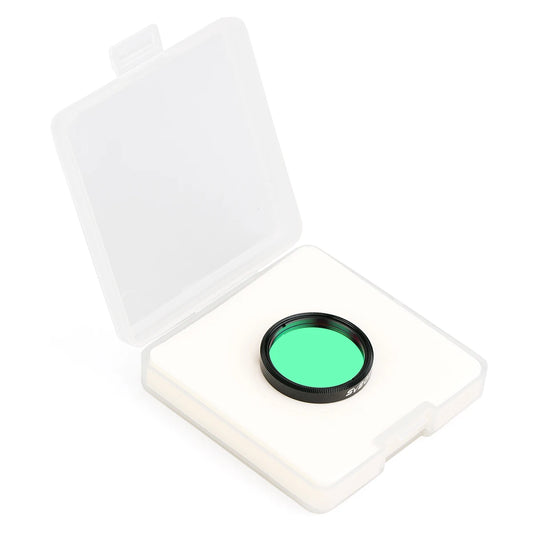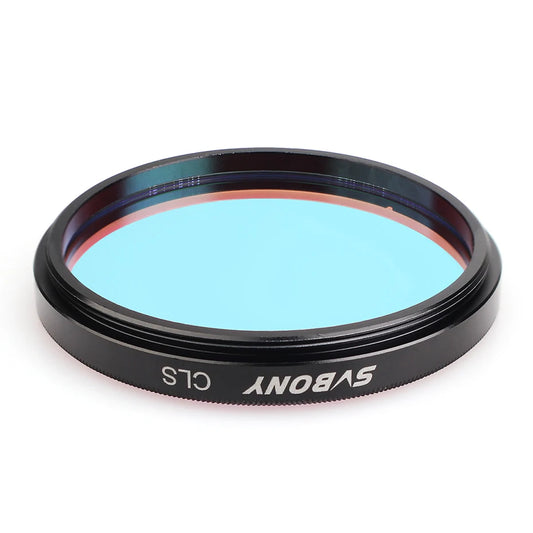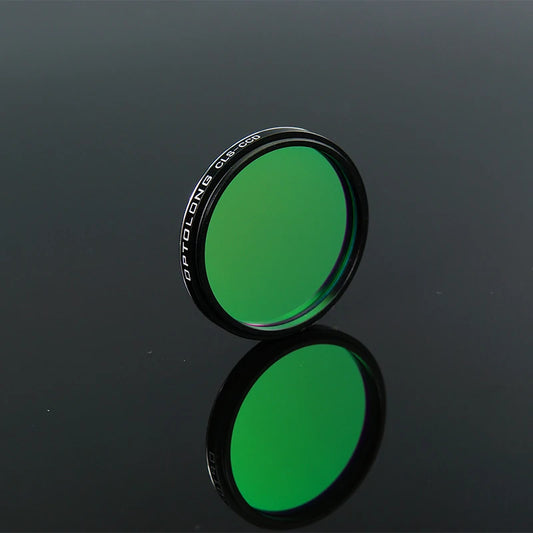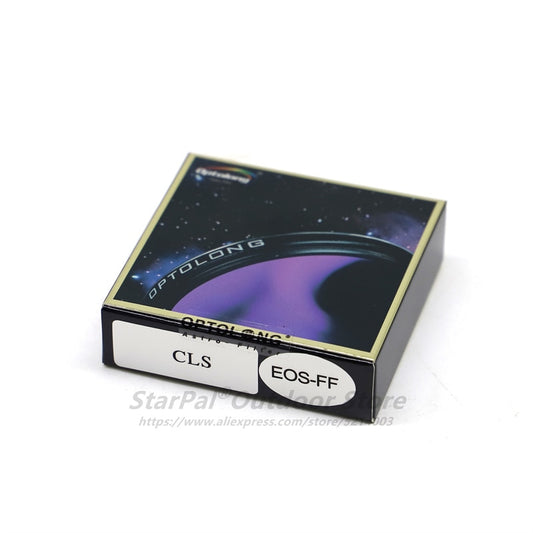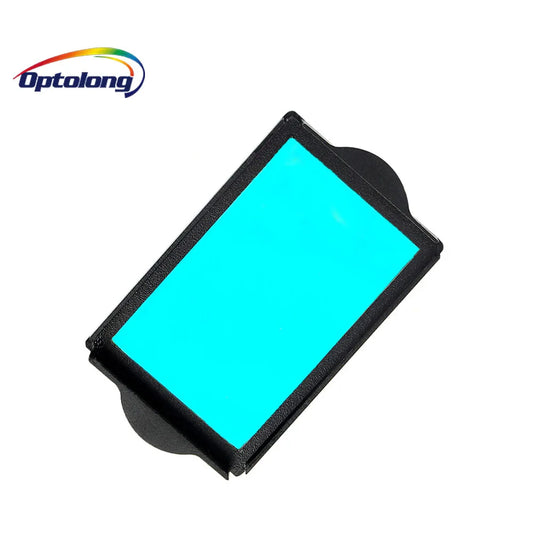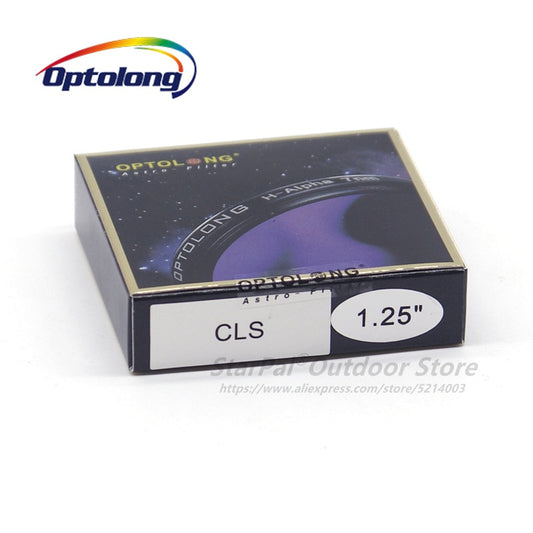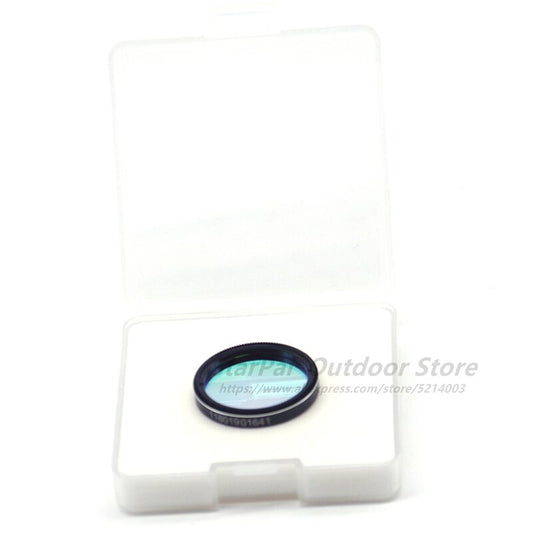When delving into the realm of astrophotography or stargazing, the right filters can make all the difference in the world. Two popular choices for enhancing your celestial observations are the UHC (Ultra High Contrast) filter and the CLS (City Light Suppression) filter. In this guide, we'll explore the nuances between these two filters and how they complement each other in unraveling the mysteries of the night sky.
Understanding the Basics
Before we dive into the distinctions, it's crucial to comprehend the fundamental principles behind UHC and CLS filters. While both serve the purpose of improving visibility by filtering out unwanted light, their approaches differ significantly.
UHC Filter
Unveiling the Contrast The UHC filter, designed to transmit narrow spectral ranges close to desired lines, excels in providing enhanced contrast, especially in visual observations. Its specialty lies in highlighting specific emission lines, making it an excellent choice for nebulae and other deep-sky objects. The UHC filter is particularly effective when used with larger instruments, delivering impressive results in terms of contrast and visibility.
CLS Filter
Navigating the City Lights In contrast, the CLS filter takes a different approach by blocking the ranges where undesired lines lurk. This results in a filter that transmits more light, making it well-suited for smaller instruments starting from 60 mm, especially at higher magnifications. Its effectiveness extends beyond visual observations, as the CLS filter proves to be more color-neutral, particularly in photographic applications.
Comparing Light Transmission and Instrument Suitability
One notable difference lies in the amount of light each filter allows through. The CLS filter's ability to transmit more light makes it a preferred choice for smaller instruments and higher magnification settings. On the other hand, the UHC filter, with its focus on contrast enhancement, is especially beneficial for larger instruments.
Color Neutrality and Photographic Performance
For astrophotographers seeking color neutrality, the CLS filter takes the lead. Its more neutral color transmission is particularly advantageous in photographic usage, providing accurate representation of celestial objects. Additionally, the CLS filter proves effective for capturing star clusters and galaxies, expanding its versatility.
Visual Contrast vs. Photographic Accuracy
One significant consideration is the visual contrast provided by the UHC filter compared to the photographic accuracy of the CLS filter. The UHC filter shines in delivering visually striking contrasts, enhancing the details of nebulae and other deep-sky wonders. Meanwhile, the CLS filter excels in photographic applications, especially when white balance is properly set, offering accurate and vibrant images.
Conclusion
Finding Harmony in UHC and CLS Filters In the world of astrophotography and stargazing, the choice between a UHC and CLS filter ultimately depends on your specific goals and equipment. These filters, while distinct in their approaches, complement each other exceptionally well. Consider combining both filters in your toolkit to unlock a broader range of possibilities, achieving the perfect balance between visual contrast and photographic accuracy in your cosmic explorations.

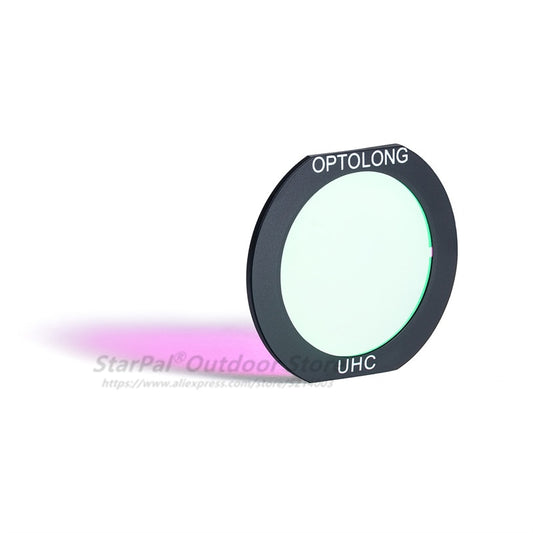 Sold out
Sold out



